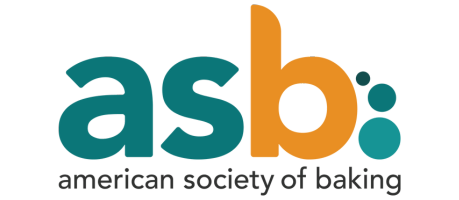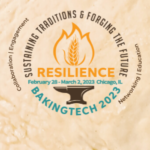Climate change, a trend topic in everyone’s day to day conversation. It affects everything: politics, economies, society, life expectancy, what you eat, what you drink, where you go, how you live.
Thousands of companies, from several industries, have committed to reduce their GHG emissions by 2030, 2040 or2050; however, in the food industry, such commitments have become difficult to make due to the value chain that accounts for scope 3 emissions, and that usually account for more than 70% of a bakery manufacturer’s carbon footprint.
Understanding the emissions generated in a process makes it easier to commit to reduce them. As more companies become involved in reaching net zero carbon emissions, it becomes easier to reduce the carbon footprint of the industry. Coordination within the sector and sharing best practices will be the only real way to assure we reduce the globe’s temperature enough for it to thrive and not only survive, however the uncertainty on how to reduce any emission is keeping away companies from the final goal: Save our planet.
Resilience is needed, and the timing is now.
- Learning Objectives
Understand how emissions are divided in scope 1, 2 and 3 and what is involved in each scope seen from a baker’s point of view. Visualize the impact every baker, supplier or customer has in the world and be ready to make the commitment to become net zero carbon emissions by 2050 at the latest (if not before). - Resilience in scope 1: Share the importance of new technologies and new processes needed to tackle fossil fuel conversion and state the relevance of OEM support to decrease emissions.
- Identify where emissions are generated in the value chain. Bakers need to account for them in the 15categories of scope 3.The resilience in suppliers will have an important role in company strategies to decrease such emissions
Presenter
Irene Espinola Campos, Grupo Bimbo

